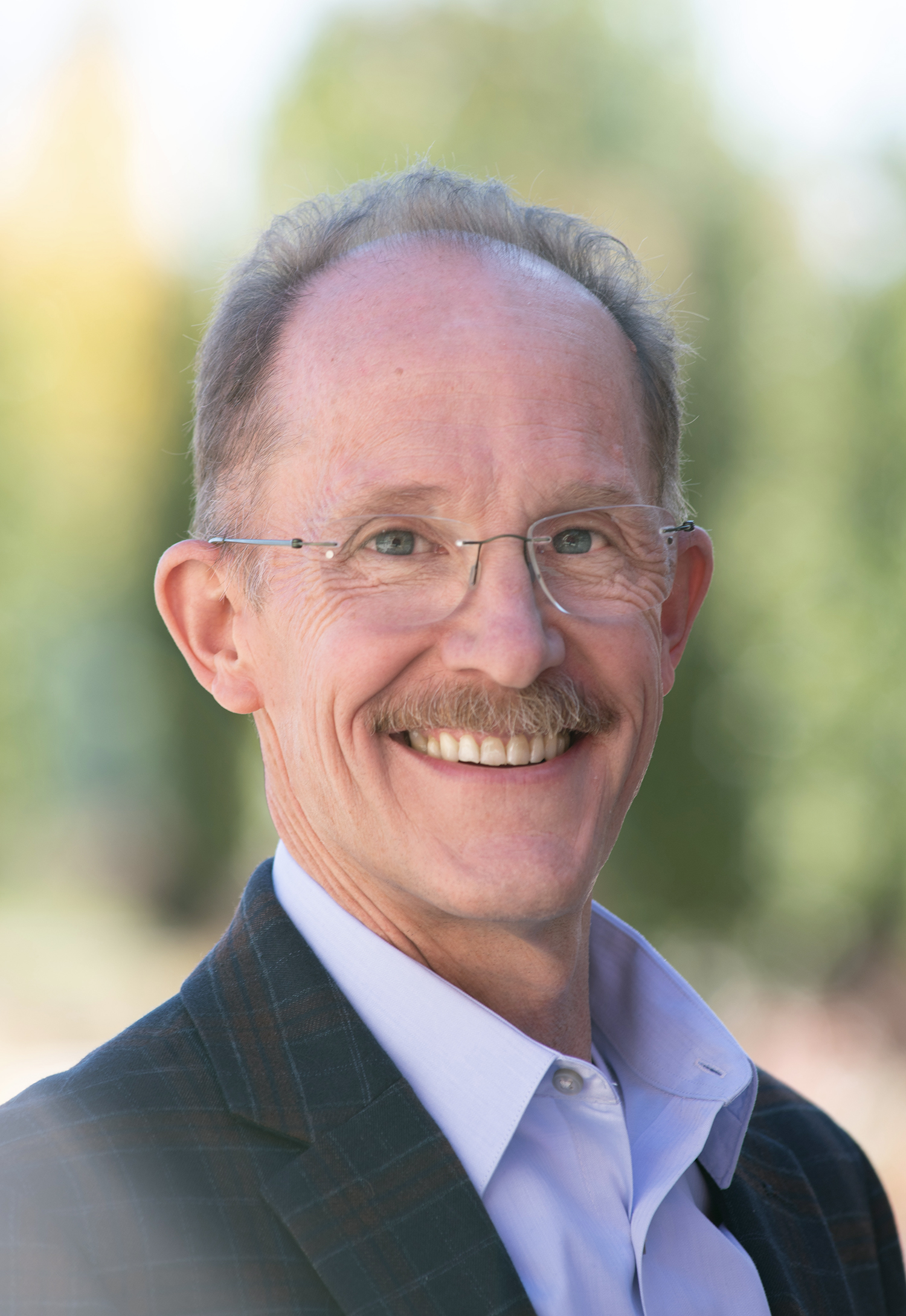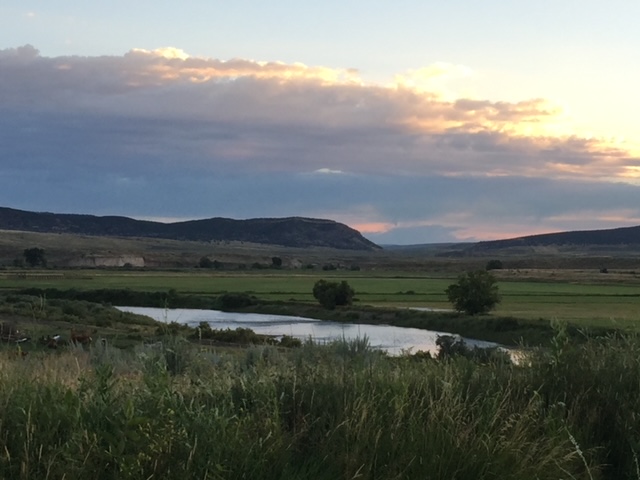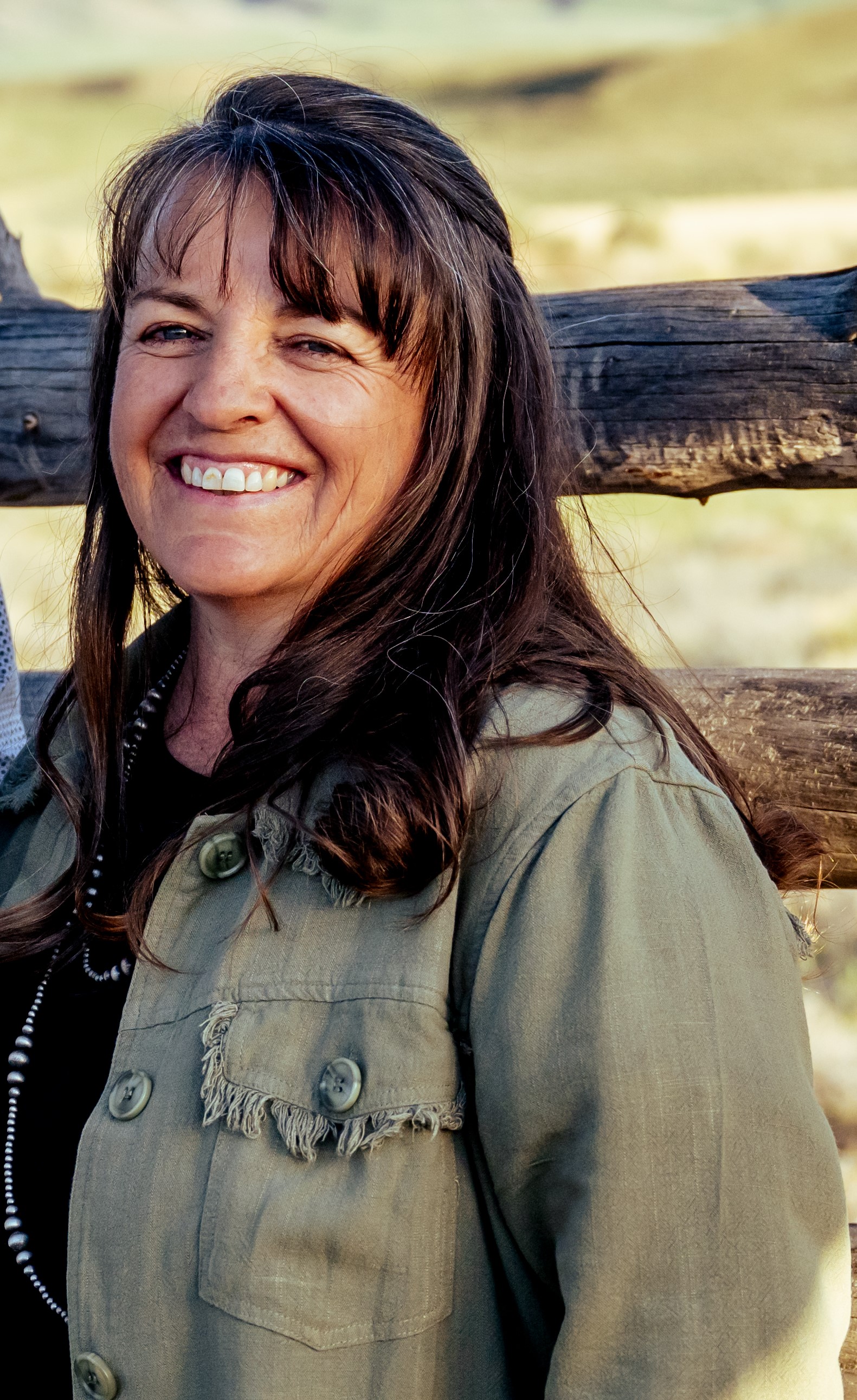


Virtual fencing is a new technology that employs GPS collars to keep animals in “virtual” pastures—so instead of using physical fences, the fence lines are drawn on a computer screen, and the collars direct the animals’ movements through sound cues and mild electrical stimulation. This saves ranchers on labor and materials, allows more adaptive and flexible pasture management, and allows free range for wildlife.
The Nature Conservancy, whose mission is to tackle climate change by protecting land and water and fostering a healthy food system, is partnering with ranches across the US to help ranchers adopt virtual fencing systems. We talk to William Burnidge, deputy director of The Nature Conservancy’s Regenerative Grazing Lands strategy in North America, and Danna Camblin of Camblin Livestock, whose ranch has been successfully employing virtual fencing for the last few years.
TIMELINE
2’02 The Nature Conservancy’s grazing lands program
3’53 how TNC forms their partnerships with ranchers
4’44 Camblin Livestock‘s origins
5’44 the effects of drought in 2021
6’55 what is virtual fencing
11’29 Camblin experience with virtual fencing over the last couple of years
12’36 how long it took the cows to learn the virtual fence system
14’09 many moving pieces in the technology, what happens when they don’t work
15’47 labor saving
16’21 working “smarter” rather than “harder”
16’56 working on your business rather than in the business
18’07 calculating the cost and benefit of virtual fencing
19’18 virtual fencing and range improvement, including less bare ground
20’40 with virtual fences, wildlife has freedom of movement
21’59 wildlife living on Camblin ranch
22’33 with virtual fencing they don’t have to fence the rivers off
23’15 the intersection of environmental restoration and profitability
24’13 what kinds of fencing work best in different climate zones
25’49 fire management and wildfire recovery on grazing lands
28’44 virtual fencing used on sheep as well as cattle, and they’re testing to see if it will work on bison
29’50 barriers to entry and ways to overcome them–both financial and emotional
30’53 BLM and Forest Service are investing in virtual fencing infrastructure
32’58 rangelandsgateway.org
33’22 the importance of rancher-to-rancher contact
34’58 agency assistance helps people on both public lands leases and private lands
36’30 virtual fencing as part of the larger climate strategy
39’07 the importance of ecological thinking for ranchers
39’48 the variability of weather is their greatest challenge
40’31 what TNC’s regenerative grazing land program is doing
42’47 moving the needle toward a more regenerative system



Subscribe:
Apple Podcasts
Spotify